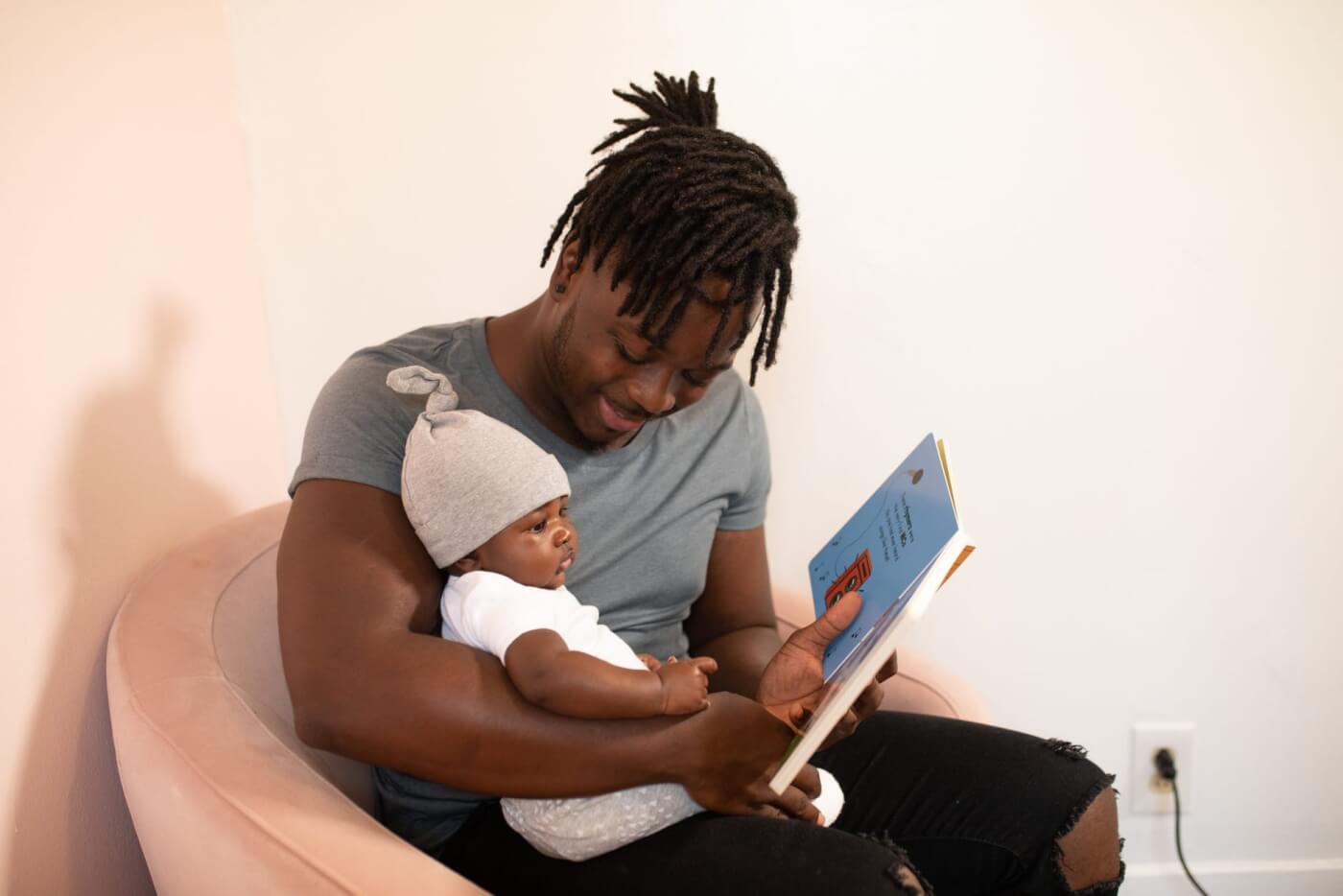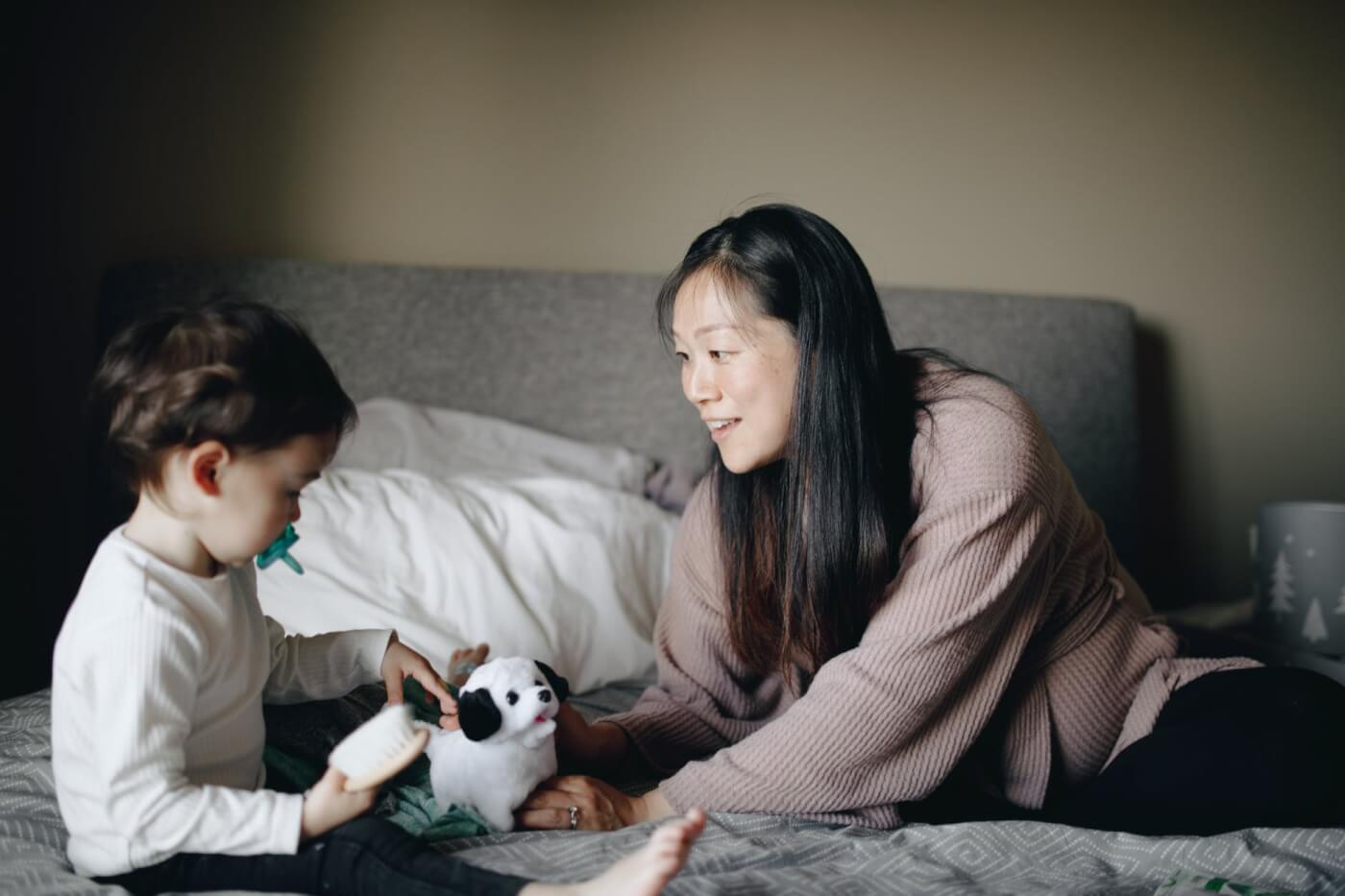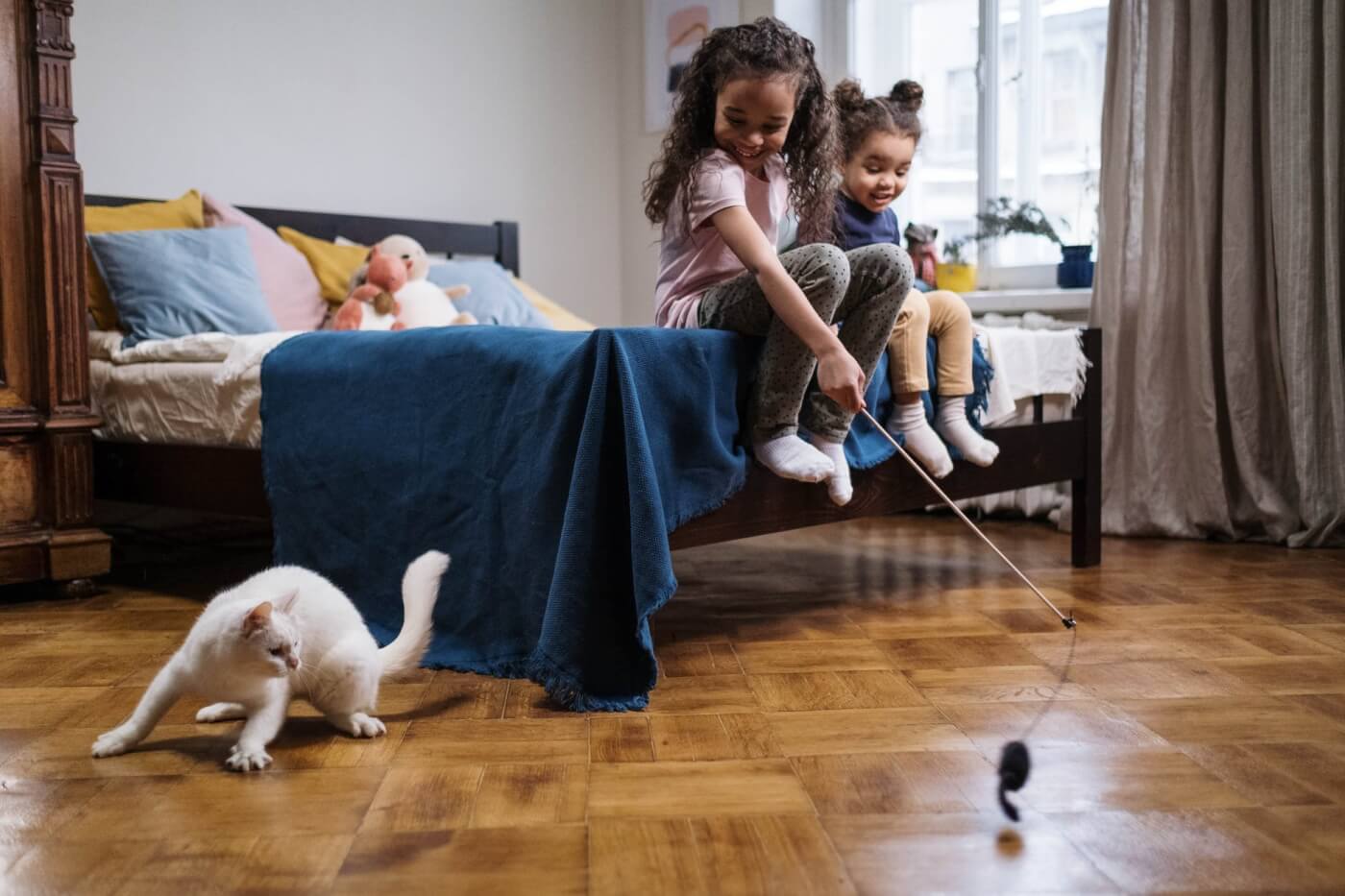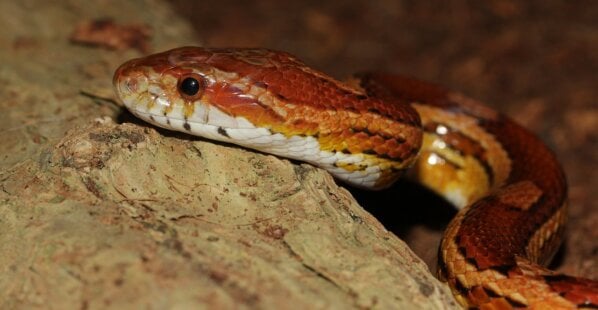How to Teach Your Kids to Be Respectful and Kind to Animals
Are you and your family planning to get an animal companion? Or do you have a young child who’s just learning how to interact with animals gently? It’s important for parents to ensure the safety of any animals your little ones or other kids (especially those who have never lived with an animal) come in contact with, including the animals you share your home with.
These tips are a great place to start when it comes to setting boundaries, instilling compassion, and making sure that your kids and your animal companions—or any other animals your kids may meet—stay safe.
Instill Compassion
Teaching our little ones about compassion for all sentient beings from an early age is essential, and there are many ways to do so. For example, when you and your child find a bug in your home, you can model compassion by stating that insects deserve our respect and by creating an insect rescue kit to help release the bug outdoors. Or you can teach your child that our words matter and that animals aren’t objects by avoiding speciesist language. For example, when referring to animals, never call them “it”—instead, use “he,” “she,” or “they.” You can also read your kid animal-friendly books—ones written specifically to instill compassion in young minds—before bedtime each night.

Lead by Example
As a parent, you know that your kids often pay closer attention to your actions than your words. You can tell them to do one thing, but if you yourself actually do the opposite, that’s what they’ll remember—what you did, not what you said. So it’s important to model kindness, including in your treatment of other species. Demonstrate to your little ones how to approach animals like dogs and cats, how to pet them, and how to be gentle with them. You can stop your child from harassing timid or aloof animals by focusing on observing an animal. Get down on the floor with your child and point out what the animal is doing. Perhaps the animal is under the couch, drinking some water out of a bowl, or relaxing in another room. By pointing out that an animal is enjoying some peace and that we can just observe without approaching, we can encourage little kids to appreciate animals without feeling the need to bother them.
Set Rules
If your family is adopting a new animal companion or if you’re going to the home of someone who has an animal, it’s important for your kids to know how to act around animals as well as how to treat them. While leading by example is a great start, talking with your kids directly about do’s and don’ts is instrumental in keeping everyone safe. While some guidelines might be common knowledge for adults, kids often don’t know them. These are good rules to establish early in a child’s life:
- Never pull on a dog or cat’s ears or tail.
- Never climb, squeeze, ride on, or lie on an animal.
- Never pick up an animal without a guardian’s permission or supervision.
- Avoid putting your face right in an animal’s face.

Teach Consent
Consent is an important topic. If children know about consent early on, they can better navigate various situations throughout their life. They’ll know when they can touch, hug, or high-five someone and when they shouldn’t. Consent goes beyond humans—animals can give consent as well, and if the animal you and your family share your home with needs some space, your child needs to learn to respect that. If children know that sometimes animals don’t want to be touched, they’ll also be less likely to bother a human who says “no” or walks away. You can remind your little ones that just as they aren’t always in a playful mood or may want quiet time, other animals often feel the same. Knowing when to give animals the space they’re asking for can also keep your kid from being bitten, clawed, or otherwise hurt by a companion animal. Teaching consent to your child and explaining that when a dog or cat growls, walks away, or removes themselves from a situation, that means “No, thank you.” You can always remind your child that although some animals don’t want to be hugged or petted, that doesn’t necessarily mean that they don’t care for your child. A great way to show timid or aloof animals our love is by giving them a calm, quiet environment—and maybe some treats every once in a while. 😊
Supervise Interactions
It’s important to supervise your little ones when they’re around animals—especially since they’re still learning how to be kind, gentle, and caring. When you’re around to supervise, you can ensure everyone’s safety and be there to correct behavior that may cause an animal to feel scared, threatened, or otherwise unsafe. If you notice that your child isn’t being very kind to an animal, try to encourage a different, positive action, rather than just saying, “No.” For example, instead of saying, “No, don’t hit the dog,” you can say, “Let’s try rubbing her belly instead and see if she likes that.” Be sure to keep an eye on your little one at parks and other areas where wildlife roam, too. Pigeons, other birds, and squirrels also like to be left alone and treated with respect—this includes not chasing them!

Encourage Your Kid to Speak Up
There might be a time when your little one sees another kid being mean to an animal. It’s important for you to remind your child to tell you or another grown-up about a situation like this immediately. If your children don’t feel comfortable speaking up in class or at a friend’s house, remind them that they can always call or text you. Encourage them to be extra-mindful of animal friends when visitors are in the home so that they don’t accidentally get locked inside a room or get into anything they shouldn’t.
*****
While kids naturally have compassion for animals, it’s up to you to establish a good rapport between your little ones and the animals they share their home with or any other animals they come across. Have any other related tips worked well with your kids? We’d love to hear them! E-mail us at [email protected].





Under 13? Ask your parents bee-fore you continue!